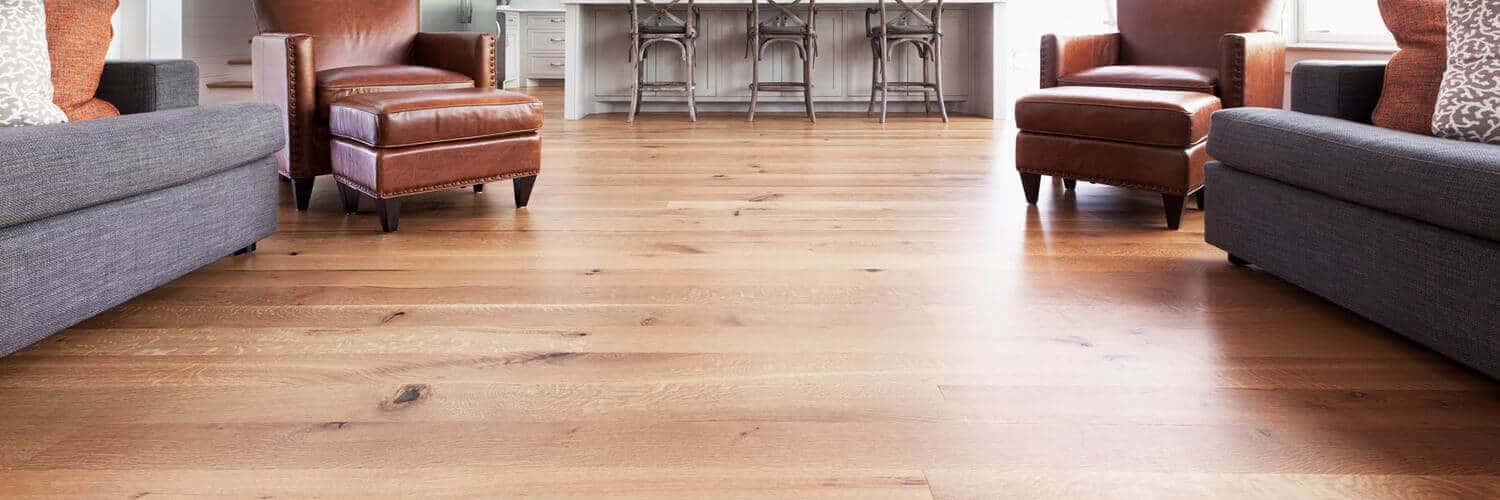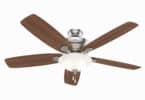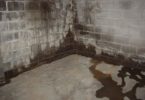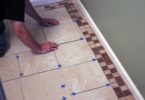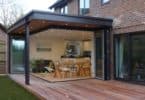Home flooring options come in many variations which are subject to differences in price, durability, and look. One of the most beautiful and classic types of flooring is wide plank flooring. This type of flooring is one of the most cost effective alternatives to hardwood flooring. Wide plank flooring is synonymous with old America and brings about a rustic, antique look that one cannot obtain with using other flooring types.
Wide plank floors get their name from the actual width of the planks used to lay down the flooring. In earlier times, wide plank wood flooring was the norm because the earth had an abundance of trees large enough to mill these planks and due to the fact that installation was easier because there were fewer planks to lie down. Additionally, this ease in installation led to a lesser cost for installation. This is not to say that smaller floor planks were not used in these earlier times; they indeed were. Smaller planks used to be exclusive to the wealthy and were seen as a symbol of prosperity and wealth.
The biggest selling point for wide plank floors is the fact that they carry distinction and character that is just not available with other wood flooring options. Wide plank pine flooring typically contains aged properties such as: knots, wormholes, nail holes, and graining. The aforementioned characteristics are very difficult to incorporate into new wood and sometimes doing so will compromise the durability of the stock.
In today’s world, many homeowners try their best to match antique styles. The wide plank hardwood flooring industry has kept this in mind by offering wide plank floors that look exactly like old traditional floors. This is not to say that wide plank flooring cannot be made of other types of wood and treated with agents that make the floor look new. In some cases, wide plank flooring today is simply flooring panels that are wider that cuts down the cost on installation.
Although wide planks can be milled from any type of wood, it is suggested that they be produced from a wood that can handle moisture and other environmental factors that can lead to shrinkage and/or swelling. Since the planks are wide and there are less of them, there is more of a chance of these negative conditions that can cause the floor to buckle, crack, or warp. Some homeowners have their heart set on a specific wood type and install wide plank flooring of that type just to discover down the road that the type of wood is not conducive to wide plank application. Therefore, it is always best to choose a wood type with a low dimensional change coefficient (DCC). The DCC dictates the amount of change in wood size due to environmental factors. The following is a list of wood types and their corresponding DCC:
- Teak (.00186)
- Eastern White Pine (.00212)
- Ponderosa Pine (.00216)
- Western Red Cedar (.00234)
- Mahogany (.00238)
- Douglas Fir (.00263)
- Black Walnut (.00274)
- White Ash (.00274)
- Brazilian Cherry (.00300)
- Yellow Birch (.00338)
- Sugar Maple (.00353)
- White Oak (.00365)
- Northern Red Oak (.00369)
- Beech (.00431)
It is easy to see that a wood like Beech, although it looks nice, is not a good choice for wide plank flooring because of its DCC. This is not to say that adjustments cannot be made during a custom installation that will allow this type of wood to be used. However, it is best to go with a wood that will stand the test of time so that constant repairs or complete replacement will be less likely. And, it is important to note that although the DCC’s listed are decimals, and do not seem to be significant, they are; a decimal change for a small strip of wood adds up to whole numbers when spanning an entire floor.
Wide plank floors, as mentioned previously, can be manufactured from a variety of different wood types. The price for such flooring depends on the type of wood and size of the room(s) that are/is getting wide plank flooring installed. Also, the specific width of the plank will also impact the price; the wider the plank, the more expensive. The four main wood types and the approximate cost are:
- Oak – $11.50
- Pine – $12.00
- Cherry – $13.00
- Chestnut – $17.00
The aforementioned list is just an estimate and actual prices will vary. The numbers provided are for 8″ wide planks; the price would be more for 12″ planks and would be less for planks under 8″. Also, other factors impact price such as: environmental, economical, and supply/demand. The four types of wood listed above are the main types of wood used for wide plank flooring; other types such as mahogany will cost much more.
The dwindling existence of trees large enough to produce wide plank floors has made it virtually impossible for the application of wide plank flooring with today’s materials. This is not to say that some custom flooring jobs are done using freshly harvested wood. However, the necessity for this type of flooring and the short supply of newly harvested wood large enough to create wide plank floors leaves only one solution. This solution is antique wood.
The wood used in milling wide plank floors today is typically a hodgepodge of recycled wood from old furniture, structures, dead trees, and reused wood from other floors. Therefore, owners of wide plank flooring not only bask in the ambiance of a classic and antique style flooring in their home, they can also stand proud in knowing that they are bettering the environment by using recycled wood. This “green” process allows the wood industry to focus on milling wood for new structures and furniture.
Related Sites:

